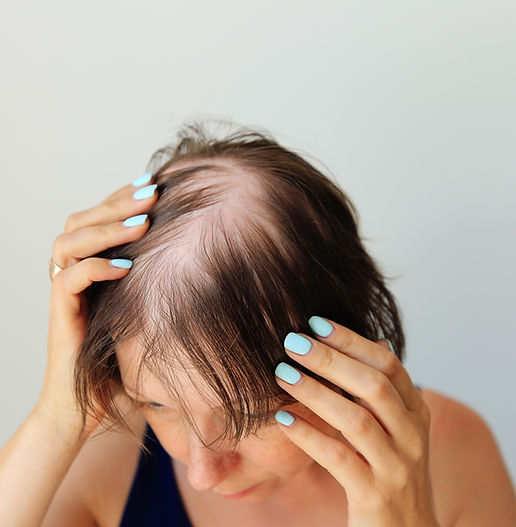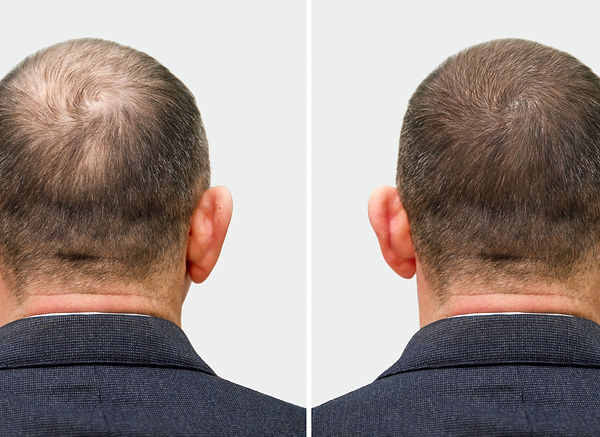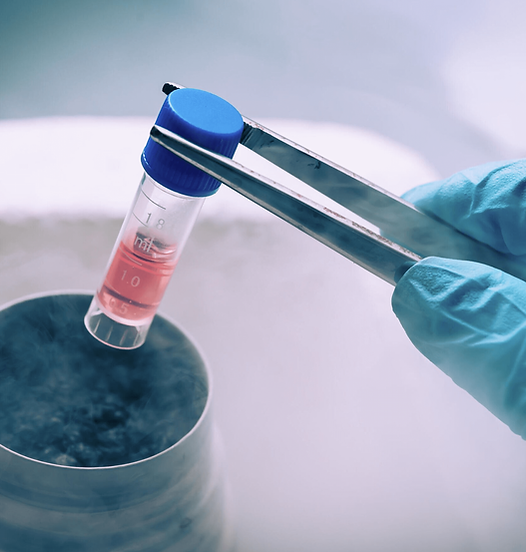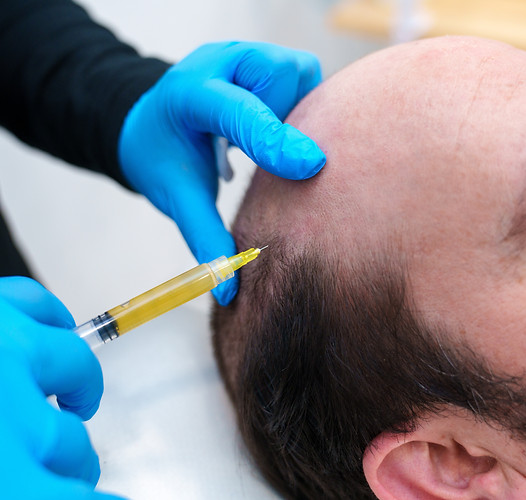Alopecia
Causes of alopecia, or hair loss, can arise from a multitude of factors, including hereditary influences, hormonal fluctuations (such as male and female patterned baldness), and various medical conditions like scalp infections, lichen planus, lupus, sarcoidosis, hair-pulling disorder, and thyroid or other autoimmune disorders. Additionally, certain medications may contribute to hair loss. Other potential factors include recent illnesses, stress, abrupt weight loss, surgical procedures, and emotional distress.
Effective treatment necessitates a comprehensive assessment to identify the underlying causes, followed by a sophisticated, multifaceted treatment strategy.
At Bayside Medical Practice, we prioritize optimal hair restoration through a personalized approach, recognizing that each individual may experience hair loss due to distinct issues. Our process begins with an extensive medical and physical evaluation to determine the etiology of your hair loss. Subsequently, we formulate a clinically validated treatment plan aimed at facilitating hair restoration.

Androgentic Alopecia

Androgenetic alopecia (AGA) is a non-scarring form of hair loss characterized by a shortened anagen phase and the progressive miniaturization of terminal hairs into finer, shorter strands. In males, the condition typically presents with frontal hairline recession and thinning at the vertex, whereas in females, it manifests as a reduction in hair density and a decrease in hair shaft diameter over the crown, without any recession of the frontal hairline. The FDA has approved oral finasteride for male patients and topical minoxidil for the treatment of AGA. However, these treatments are associated with several potential side effects, including diminished libido, palpitations, dizziness, hypotension, chest pain, headaches, and peripheral edema, which can complicate their administration. Research indicates that discontinuation of these medications often results in a regression of hair growth, underscoring the necessity for ongoing hair restoration interventions.
Treatment
Advancements in hair restoration have resulted in the emergence of diverse treatment modalities. One increasingly popular approach involves the use of platelet-rich plasma (PRP) and platelet-rich fibrin (PRF) (derived from your own blood) scalp injections, which have demonstrated significant efficacy in restoring hair for individuals experiencing hair loss.
Recent innovations in injection therapy, particularly the incorporation of mesenchymal stem cell-derived exosomes, have further enhanced the outcomes of these procedures, yielding substantial results for patients with advanced hair loss.


EXOSOMES
The addition of mesenchymal cell derived exosomes, nanoscale spherical extracellular vesicles, greatly improves treatment outcomes. They are a product from the stem cell resembling a small spherical package containing a unique sets of bio-molecules. As the three major exosome databases (i.e., ExoCarta, Vesicle-pedia, and EVpedia) summarize, exosomes contain numerous molecules, including proteins, glycoconjugates, lipids, nucleic acids, metabolites, and other bioactive substances. Basically these nano-spheres contain the ultimate substances for cellular healing, proliferation, and regeneration. Prior to clinical applications, exosomes are harvested from stem cells, prepared and optimized in terms of production, purification, and modification utilizing stringent laboratory protocols.
Treatment Cost
Treatment recommendations are tailored to the individual based on a thorough evaluation of the underlying causes of hair loss and established clinical practices. The average cost for optimal hair restoration typically involves three PRF treatments with exosomes, amounting to approximately $2,450. This regimen consists of three treatment sessions scheduled approximately 4 to 6 weeks apart and may encompass additional recommendations, including medications or topical treatments, to achieve the best possible restoration outcomes.






